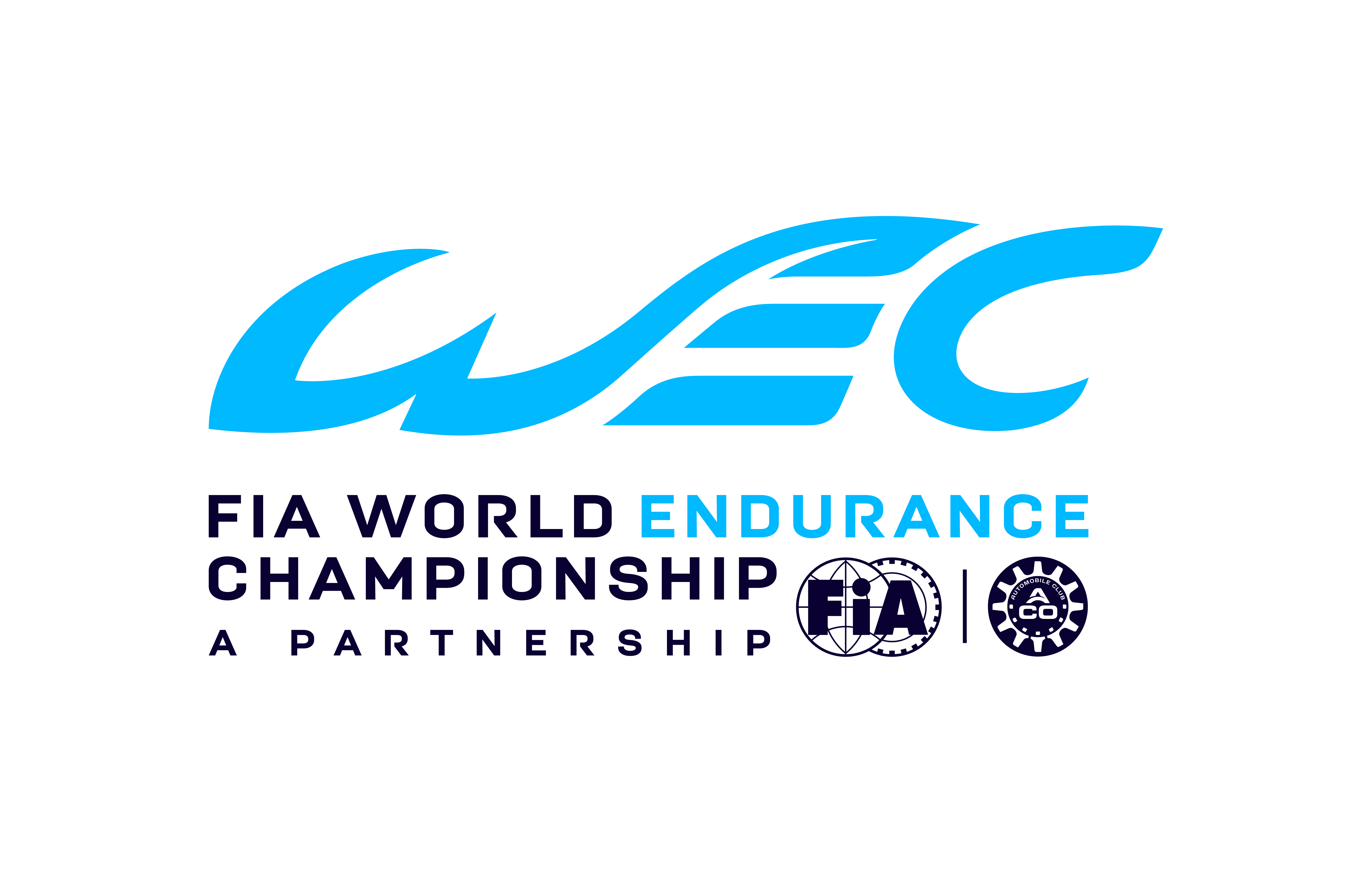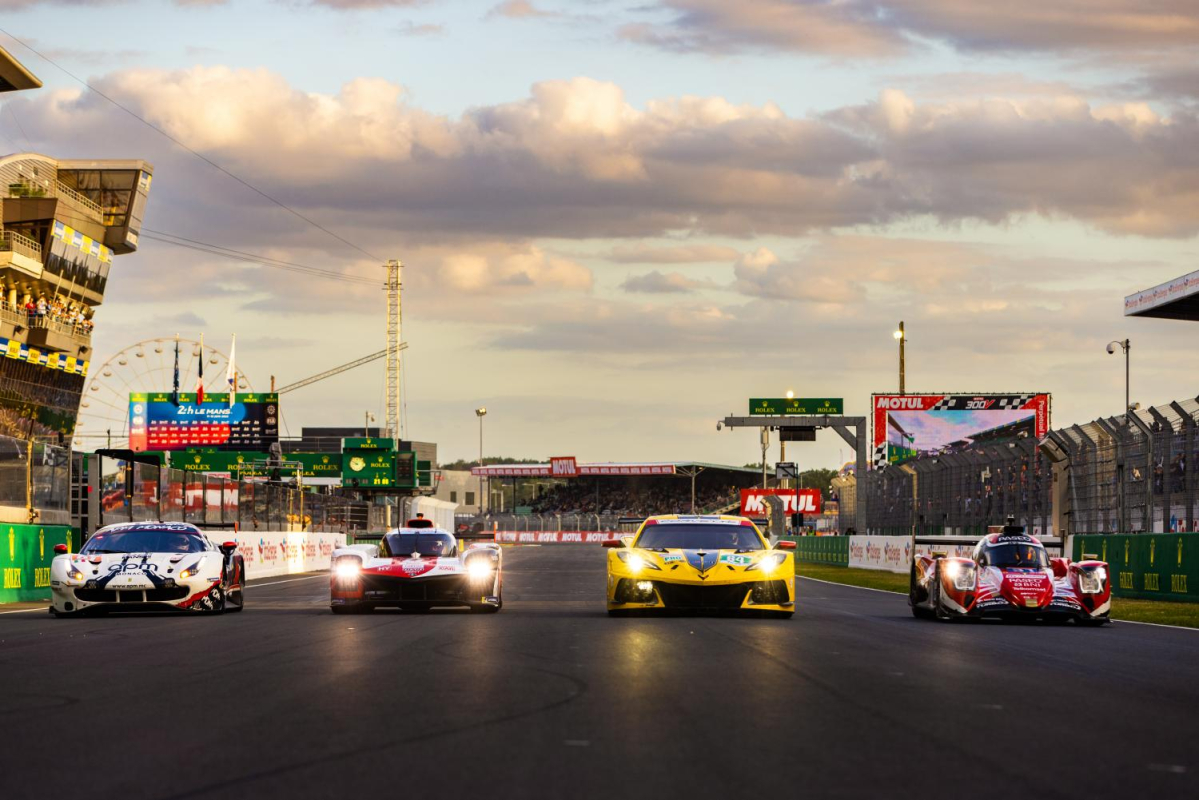
What's new and what will change in 2023...

With the new season just around the corner, and applications to compete in the 24 Hours of Le Mans Centenary opening tomorrow, the FIA World Motor Sport Council met in Bologna today to rubberstamp the broad principles that will guide endurance racing over the coming years.
WHAT’S NEW AND WHAT WILL CHANGE IN 2023
In line with their Corporate Social Responsibility commitments, the Automobile Club de l'Ouest and the FIA have opted to eliminate tyre warming across all classes from next year in the FIA World Endurance Championship. This decision will also be implemented in the European Le Mans Series from 2023 and in the Asian Le Mans Series the following year. This move is designed to reduce the teams’ environmental impact. Moreover, all competitors participating in the WEC and the 24 Hours of Le Mans will enter the DHL Sustainable Endurance Award. These measures supplement the commitments already introduced, such as 100% renewable fuel, carbon footprint assessment and the FIA Environmental Accreditation Programme.
To guarantee fair competition, constructors may not enter more than two cars in the FIA Hypercar World Endurance Manufacturers’ Championship. Any additional cars fielded will vie for the World Cup for Hypercar Teams alongside private outfits. Manufacturers must determine beforehand which cars will enter the World Championship and which will race in the World Cup.
For the 2023 World Endurance Championship season, the ACO and the FIA have trimmed the power and speed of LMP2 engines by 10 kW and 500 rpm respectively. This decision is justified by the need to guarantee the best possible balance between the Hypercar and LMP2 classes and will therefore apply at the 24 Hours of Le Mans. In the European Le Mans Series where LMP2 is the top class, the power specification will be raised the power will be raised by an average of ~15 KW compared to the 2022 power.
LOOKING FURTHER AHEAD
The success of the Hypercar regulations, the keen interest shown by manufacturers and the introduction of LMGT3 in 2024 will result in some rational adjustments to the grid. To accommodate these two classes comfortably, the ACO and the FIA may possibly restrict admission to the FIA World Endurance Championship to Hypercar and LMGT3 challengers from 2024.
Irrespective of this decision, LMP2 remains crucial to endurance and will continue to form the top class in the European Le Mans Series and the Asian Le Mans Series. From 2024, therefore, the ACO will keep at least 15 slots open to LMP2 cars on the 24 Hours of Le Mans grid. These places will be allocated to teams competing in ACO-badged series. Finally, after talks with manufacturers ans as approved by the WMS, the ACO and the FIA will offer them greater flexibility by postponing the introduction of the new generation of LMP2s to 2026.
After discontinuing the LMGTE Pro class in 2022, we shall bid farewell to LMGTE Am at the end of the forthcoming season. LMGT3 will take over from 2024. This class will be established on several key factors: it will be a customer racing class based on Pro/Am-type sporting regulations and will use off-the-shelf tyres produced by a single supplier. Manufacturers will be able to modify the body for promotional reasons and/or to achieve an aerodynamic performance window suited to the 24 Hours of Le Mans. In line with the regulations of the Hypercar class, they must also use torquemeters sensors to enable live monitoring of powertrain performance.
The LMP3 class has undeniably been a big hit. Almost 40 cars compete on European Le Mans Series weekends with substantial grids also formed in the Asian Le Mans Series, IMSA and in ACO-licensed championships. This entry-level class into the ACO’s championships provides a springboard to LMP2 for many drivers and offers an excellent price/performance ratio. In a move designed to allow teams to offset their existing investments, the ACO has opted to postpone the introduction of the next generation by two seasons to 2027.
Hydrogen, through the MissionH24 programme, is the mainstay of ACO strategy and will pursue its development. Following its début this year in the Michelin Le Mans Cup, the H24 will continue to gain race experience and show the full potential of hydrogen. A working group devoted to this form of energy is collaborating with interested manufacturers.